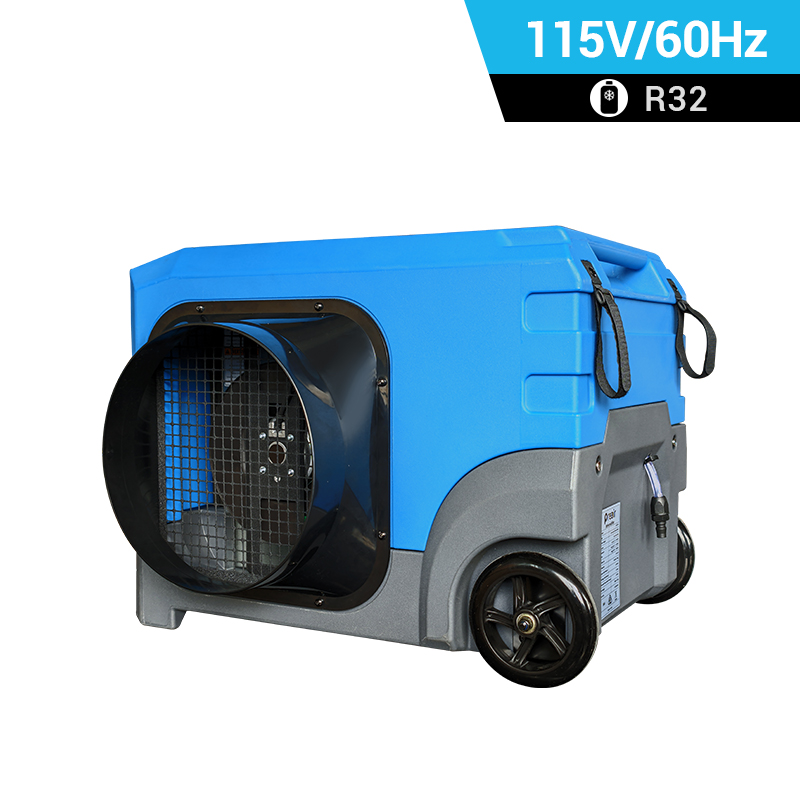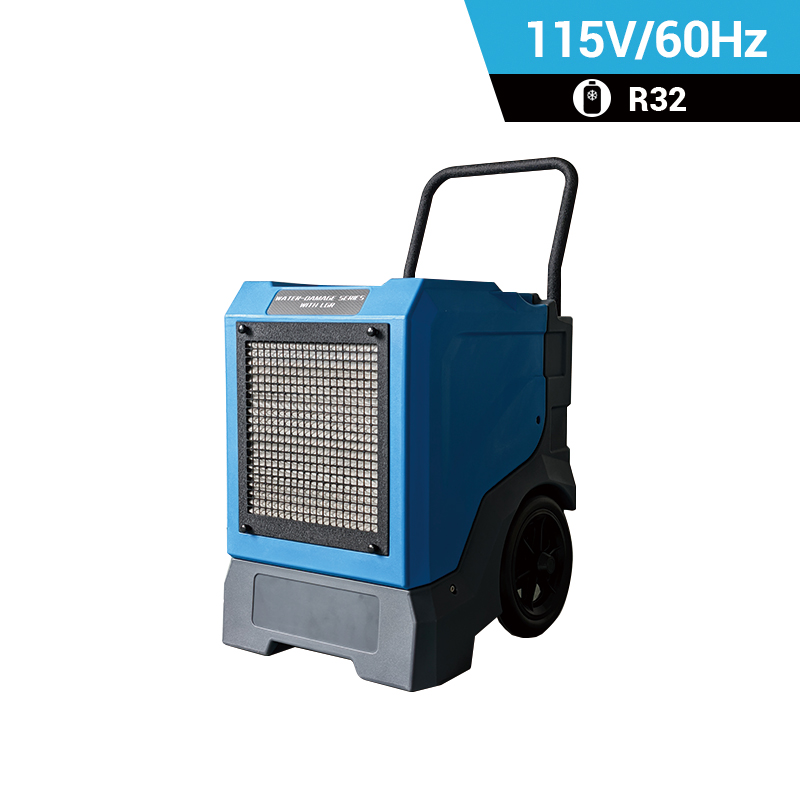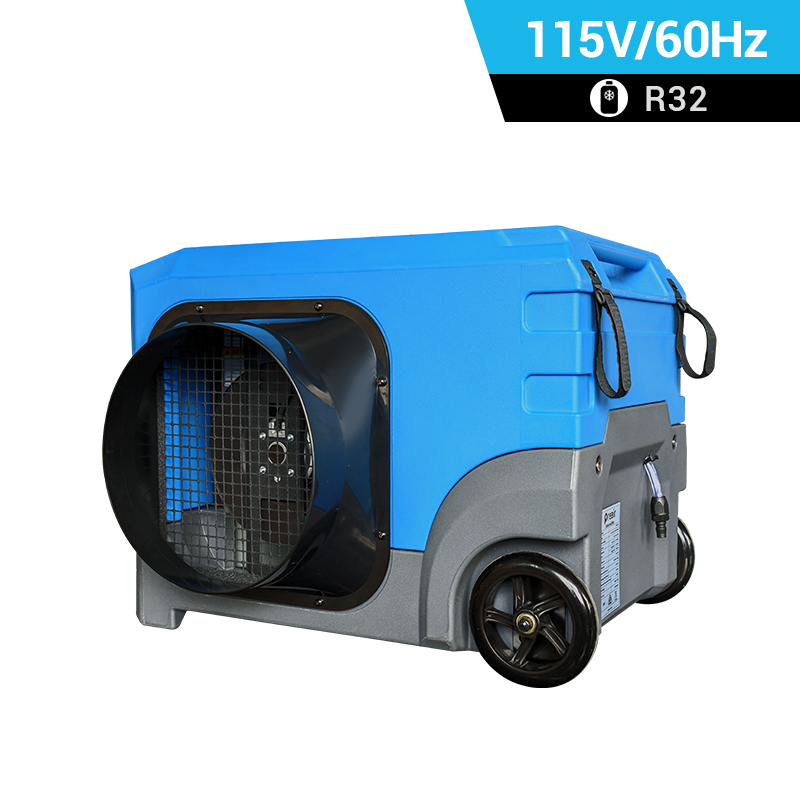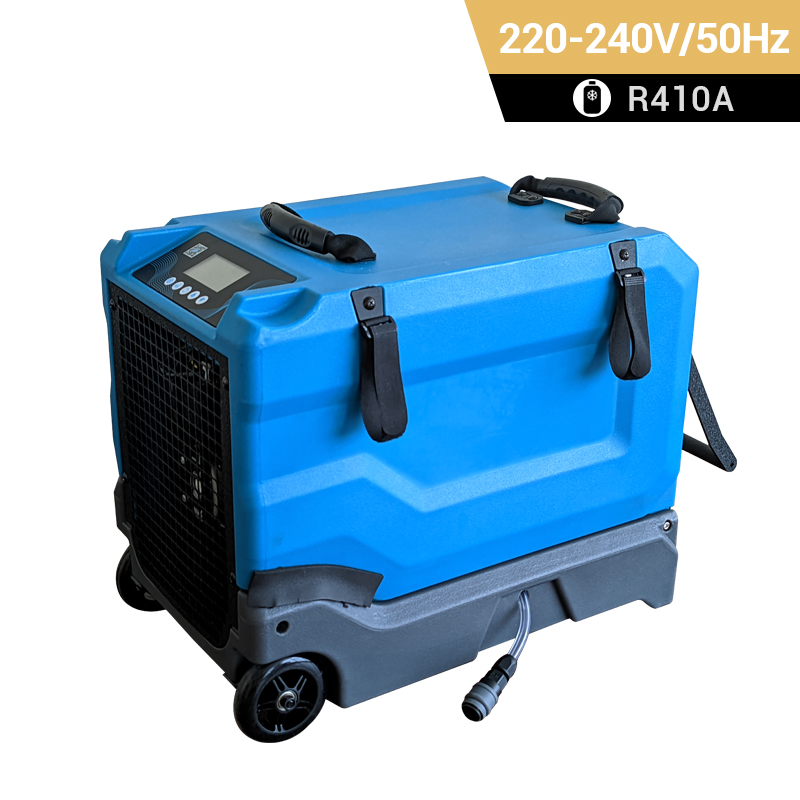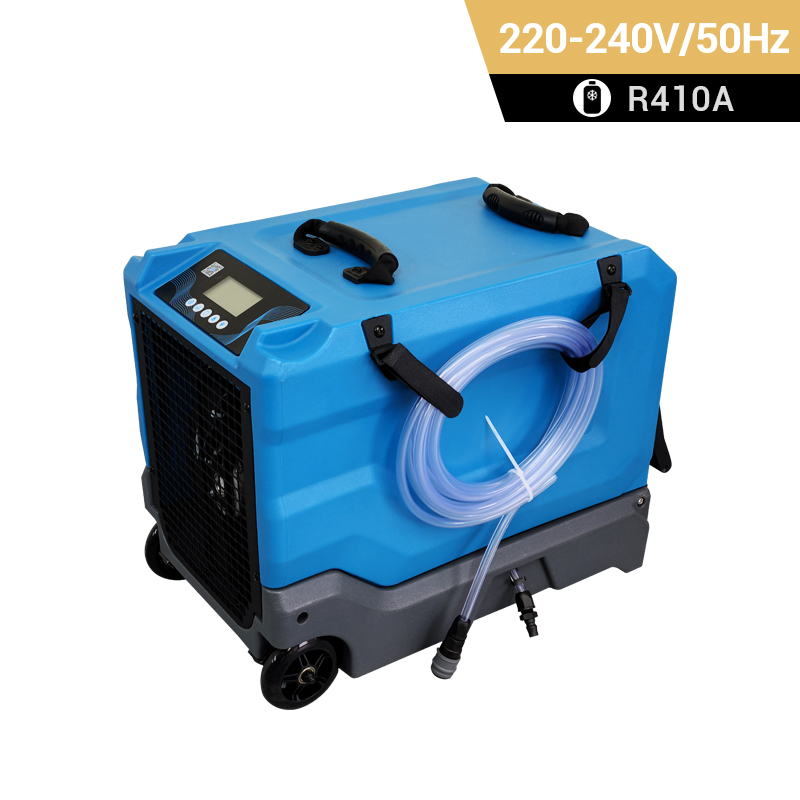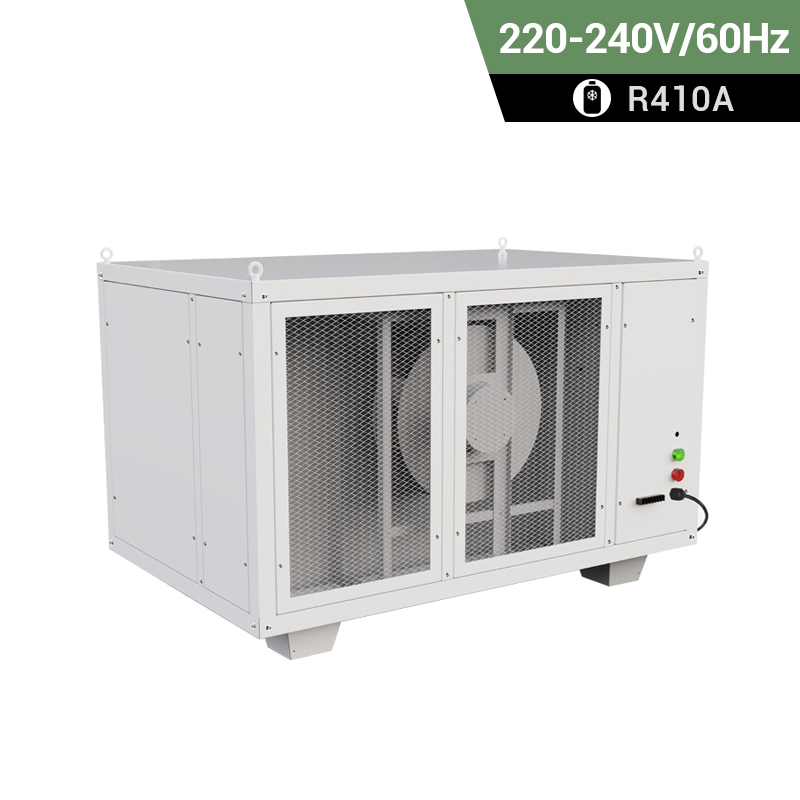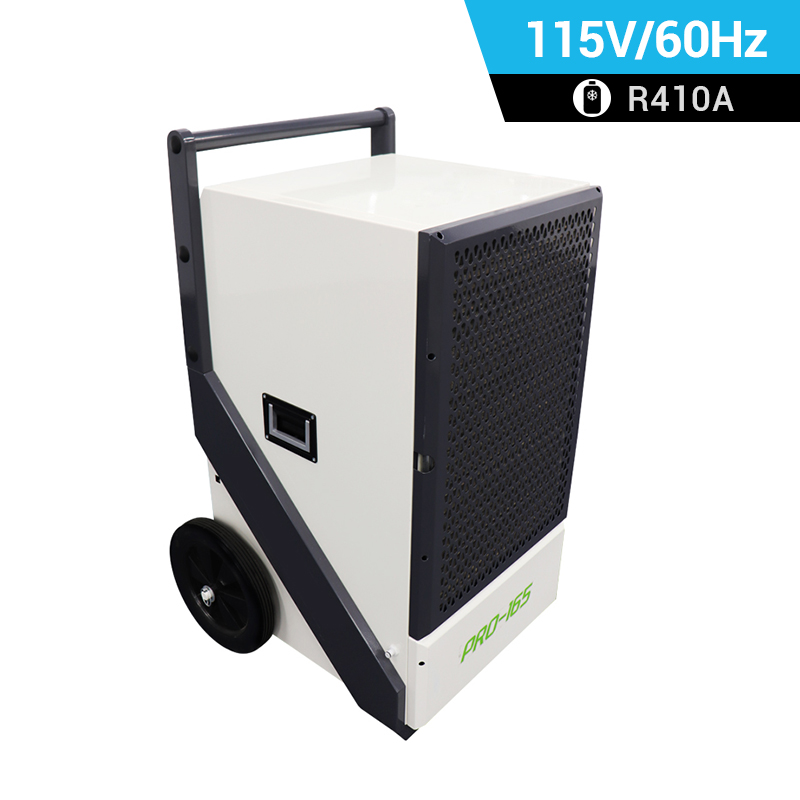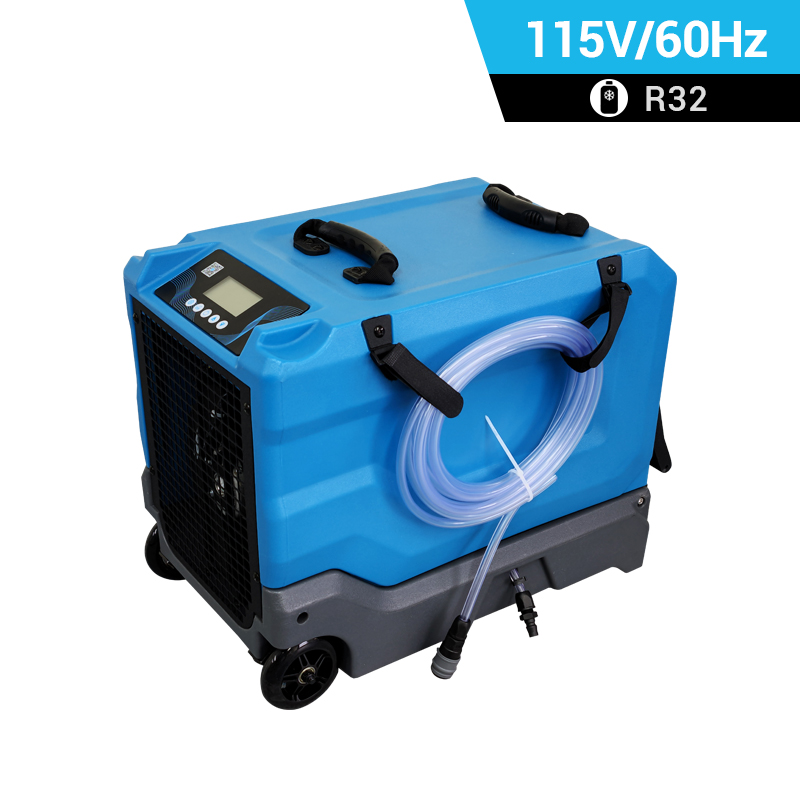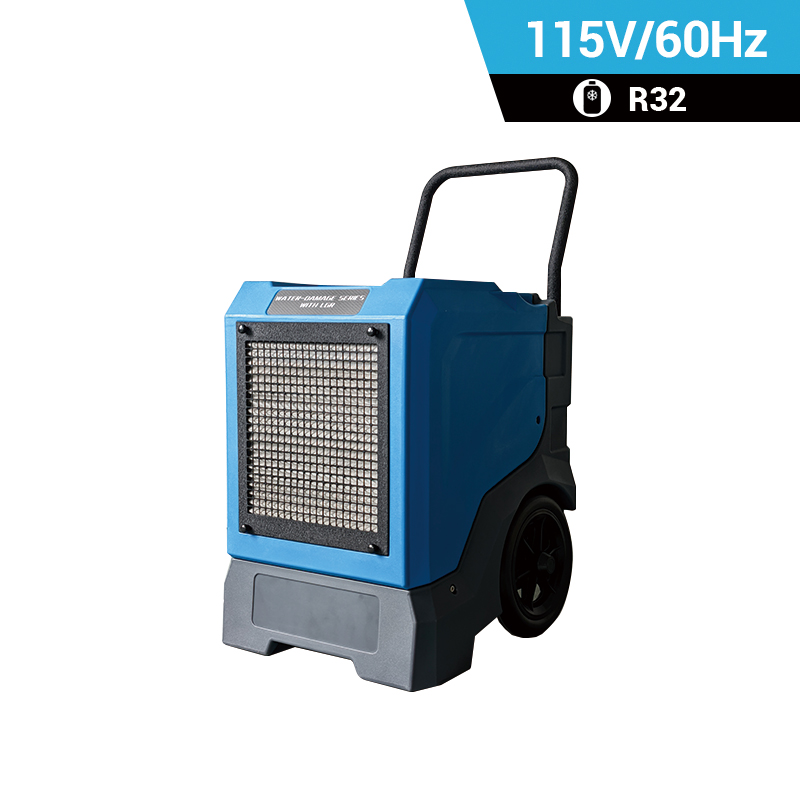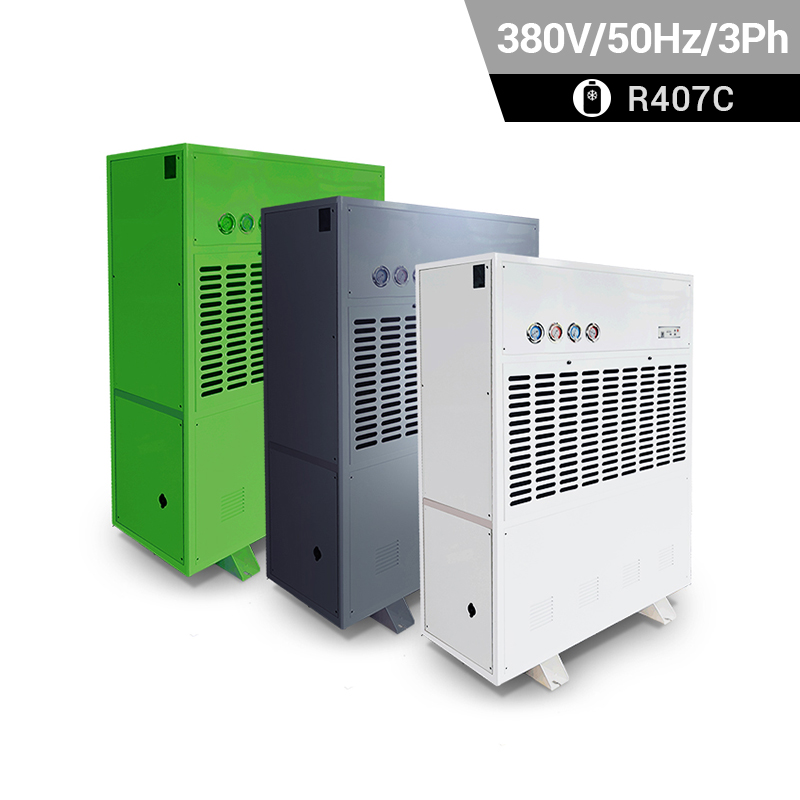 +86-13376814803
+86-13376814803  robert@hzhongtai.com
robert@hzhongtai.com
Dehumidifier For Flooded Basement
Will a dehumidifier dry out flooded basement?
Generally speaking, opening windows for ventilation is a good way to solve the problem of indoor air pollution in basements. However, once a window is opened, it can lead to the loss of indoor cold and hot energy, damage the overall insulation system of the building, and also cause outdoor dust and noise to enter the room. So the contradiction of opening and closing windows has never been fundamentally resolved. It is for this reason that people have begun to conduct in-depth research and explore the impact of indoor air quality on human health, pollutants and their sources, as well as feasible solutions.
In fact, if the basement is humid and according to the purpose of the dehumidifier, while ensuring that indoor cooling and heat are not lost as much as possible, the indoor turbid air should be "updated". Obviously, the total heat exchange type should be the "true" fresh air system.
The concrete structure of the basement is a transparent structure observed under millions of microscopes, and a large amount of water vapor in the soil can easily enter the interior of the basement. Although a dehumidifier is installed in the basement, there is no solution to the problem of water vapor source in the basement, and how to extract moisture is also not drying.
The basement is damp and permeable, and to ensure its dryness, the pressure water vapor source in the basement must be cut off. If only a certain amount of water vapor in the air inside the basement is present, then using a dehumidifier after basement flood will dry the entire basement. But if you want to ensure the dryness of the basement, first of all, you need to find the reason for the dampness, and secondly, you need to do waterproof and moisture-proof treatment in the basement to discharge the water vapor source, so as to ensure the dryness of the basement.
Related Products



